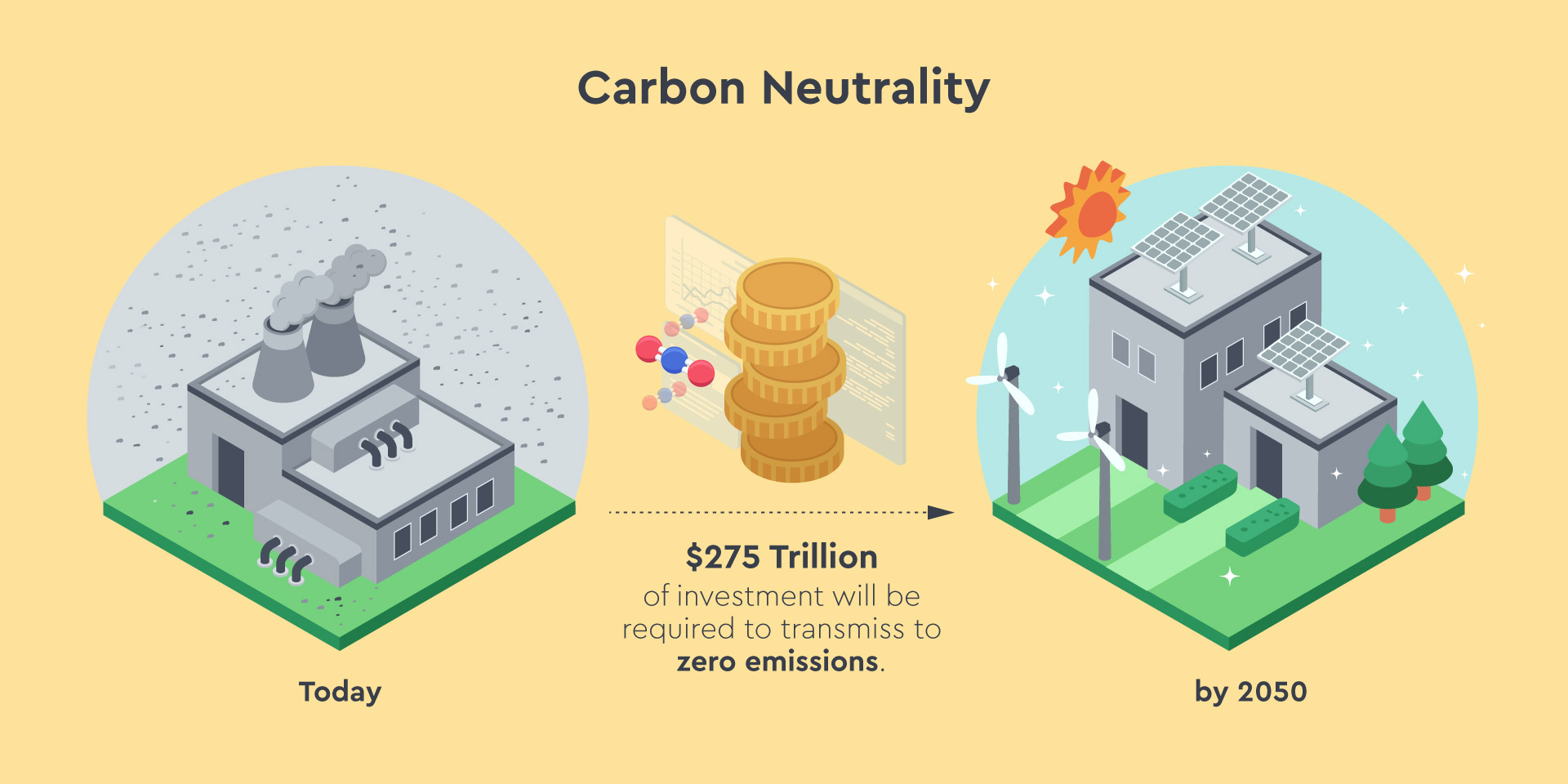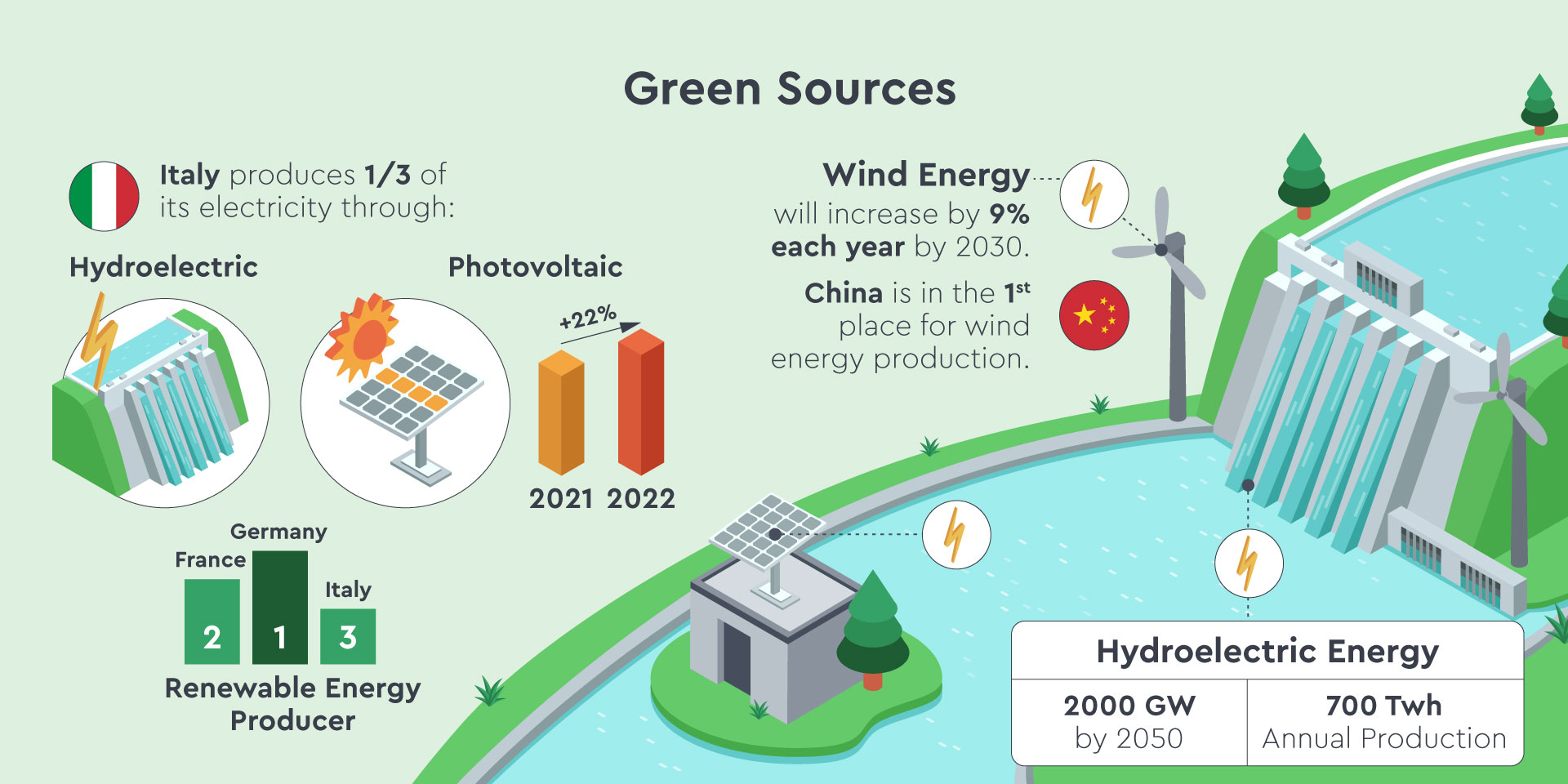Hydrogen production from renewable energy sources will be predominant in achieving the Net Zero Emissions target for 2050. In fact, in the five-year period of 2022-2027, hydrogen will represent 2% of the implementation of renewable sources.
In the field of biofuels, biodiesel is the most used in the European Union, and its market value is estimated to reach $70.7 billion in 2026.
Nuclear power, which contributes to the creation of 10% of global electricity, will increase to a total value of $49 billion in 2025.
The future also sees the use of artificial intelligence capable of optimizing the energy efficiency and range of vehicles, making them more performative and attractive to consumers. Future scenarios will feature not only innovative renewable sources but also greater attention spent on ecological disposal. The directives, for example, will oblige car manufacturers to ensure total recycling of batteries, currently at 5%.
The role of design is to propose materials and technologies with the least environmental impact in all sectors, search for solutions capable of reducing manufacturing, search for the processes and elements used, and search for the best energy efficiency with lighter and less bulky batteries.





